Hydrogels are good forbiologyCompatibility and structural similarity to extracellular matrix components are favored delivery vehicles in the field of drug delivery. However, conventional single-network (SN) hydrogels suffer from poor mechanical properties and easy burst release of drugs.Recently, Zhao Chenjia, a doctoral student from the biomanufacturing team of Tsinghua University, is the first author. Together with the team of Professor Jing Yang from the University of Nottingham, UK, they published a paper entitled “Affinity-Controlled Double-Network Hydrogel Facilitates Long-Term Release of Anti- “Human Papillomavirus Protein”, reports a novel dual-network (DN) hydrogel, a material system that not only possesses tunable mechanical strength and long-term controllable delivery of antiviral proteins, but can also be personalized on demand3D printinghas great application potential in the field of tissue engineering.
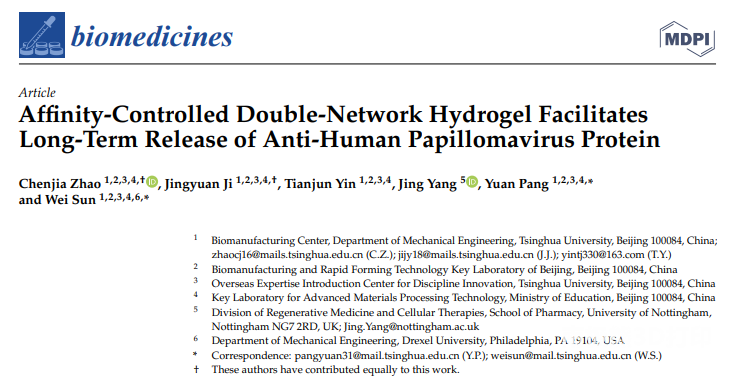
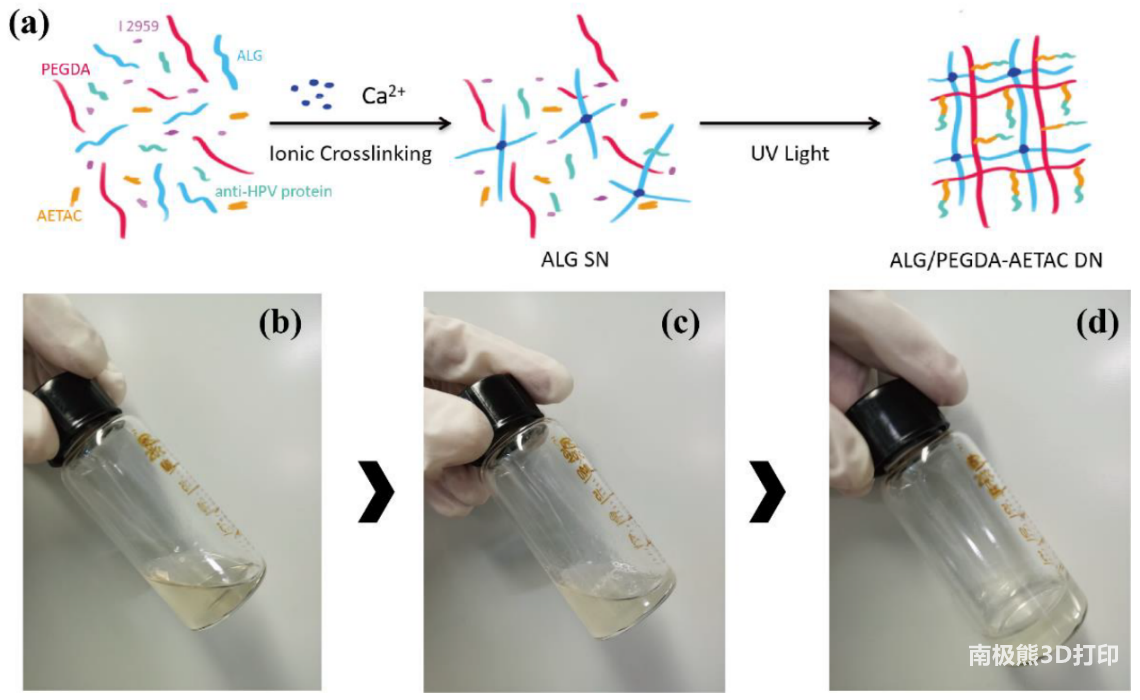
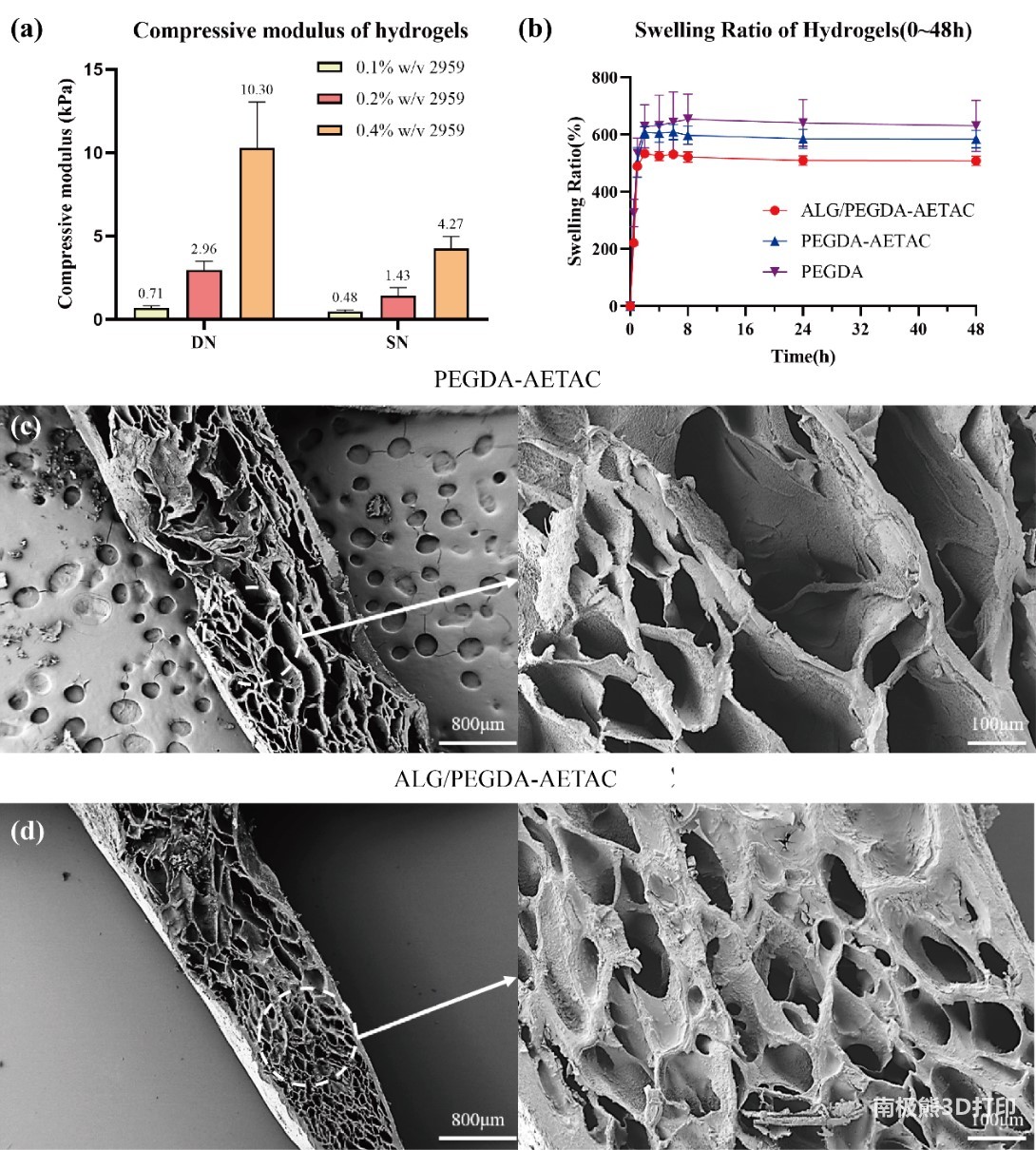
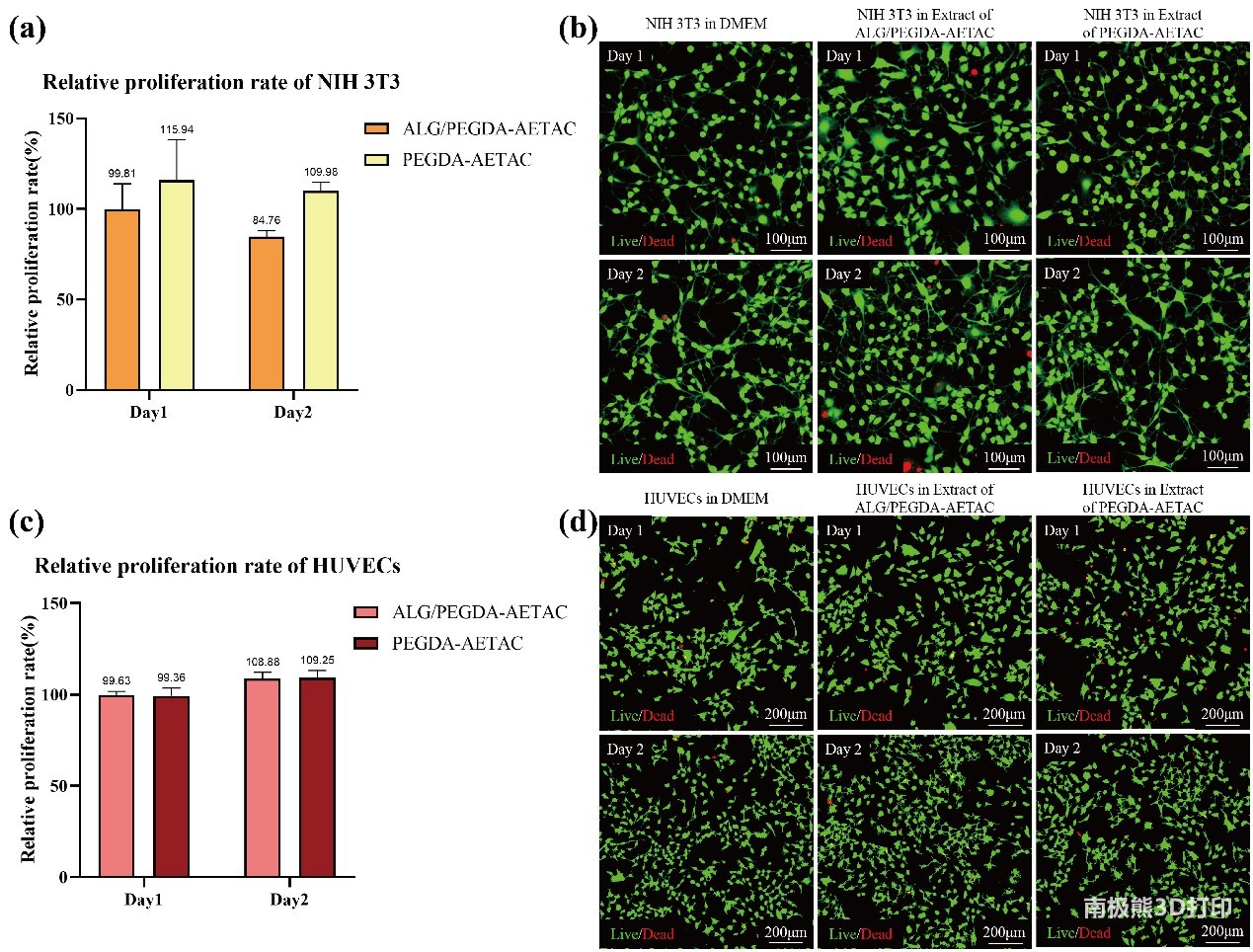
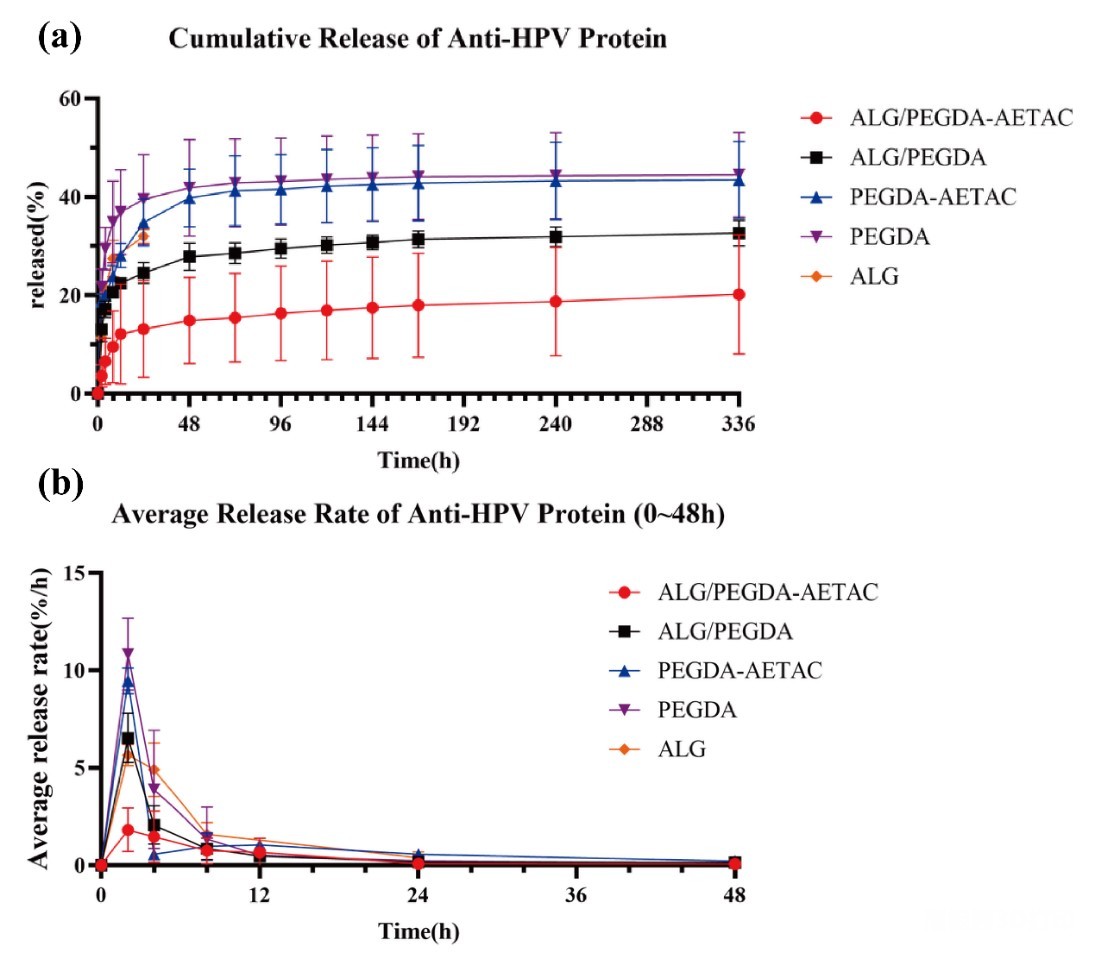
3D printingThe predetermined structure can then be formed.In order to verify the feasibility, the researchers printed letter structures and cones with hollow structures, and it was observed that ALG/PEGDA-AETAC DN hydrogels could form complex structures according to preset models, and the above-mentioned cone structures could be used as cervical cancer Cone cutOperationPost tissue patch. In addition, the researchers also found that the as-printed structure could recover its original shape after being compressed by more than 50%, which indicated that the DN hydrogel has good flexibility and great application potential in the field of soft tissue engineering.
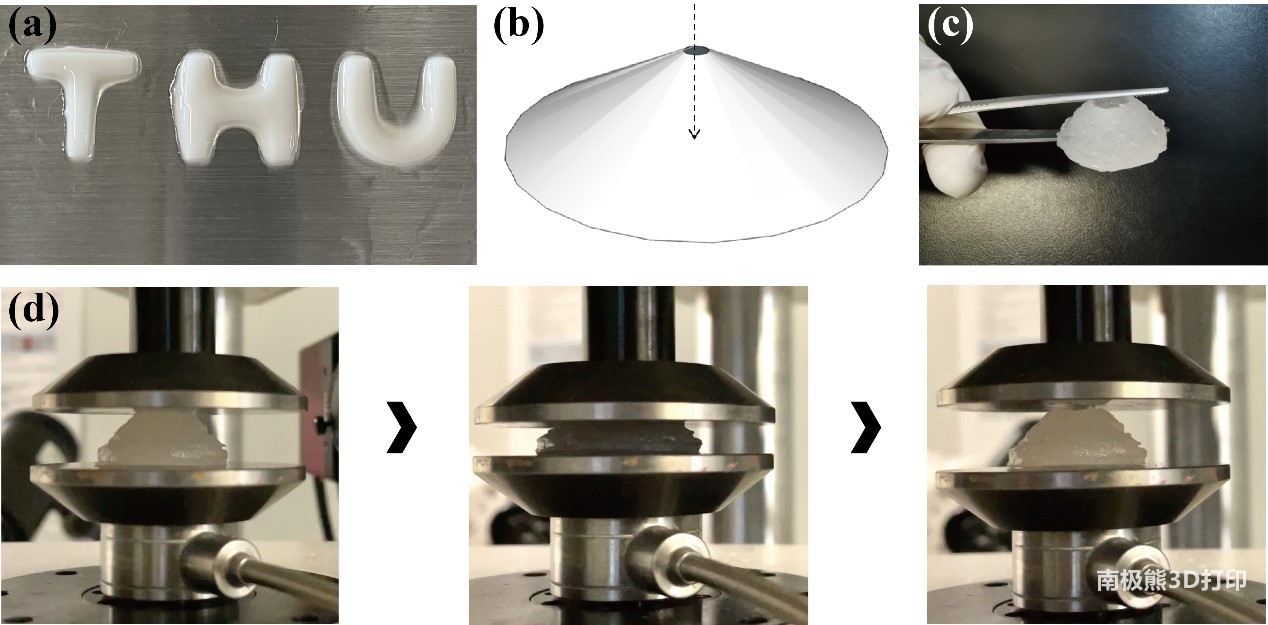
3D printing technologyThe construction of complex structures with high elasticity has great potential for application in tissue engineering.
(responsible editor: admin)


0 Comments for “Biomedicines|New dual-network hydrogel realizes long-term release of anti-human papillomavirus protein based on the principle of affinity-controlled release”